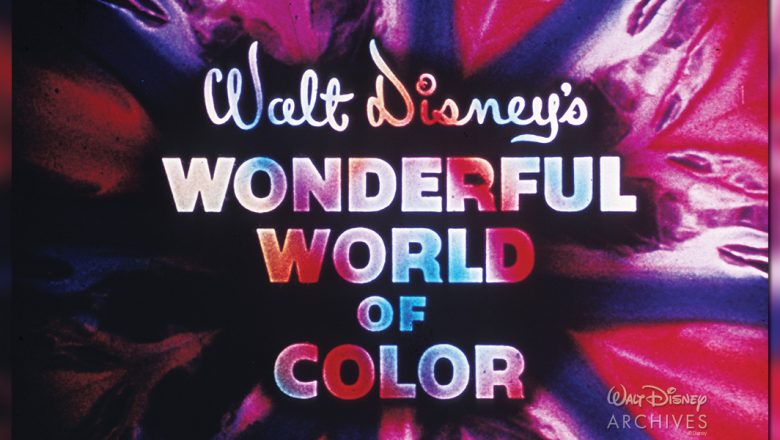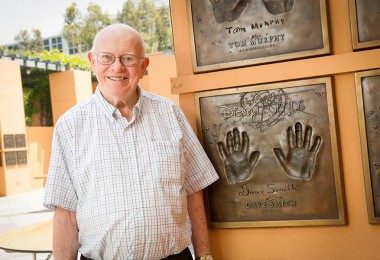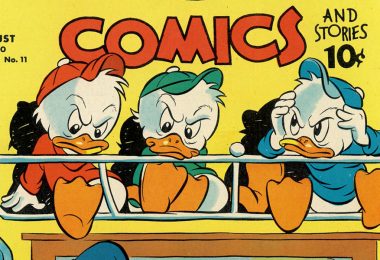By Greg Ehrbar
On September 24, 1961, TV viewers watched the fireworks burst over Sleeping Beauty Castle as Tinker Bell pixie-dusted their screens to launch a new kind of Disney anthology series. The show they knew as Disneyland and then Walt Disney Presents had changed from black-and-white to color, moved from ABC to NBC, and was retitled Walt Disney’s Wonderful World of Color.
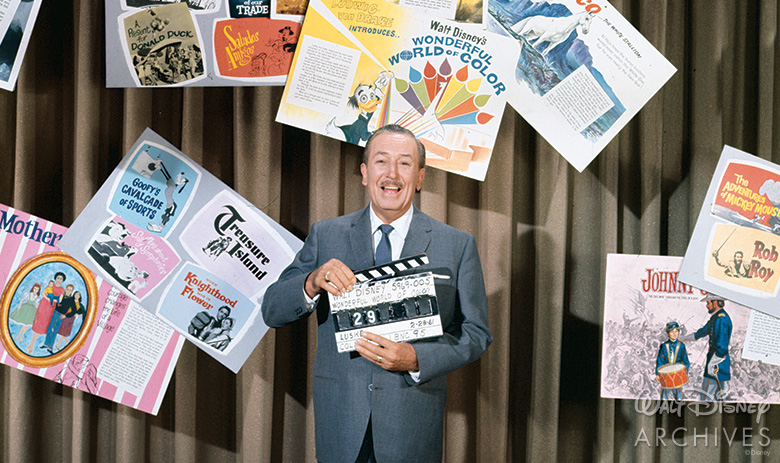
Walt wanted very much to move in order to present his program in what the peacock network dubbed “Living Color.” “Walt felt that color was essential to making the best use of his products,” wrote Bill Cotter in his superb book, The Wonderful World of Disney Television. After meeting personally with NBC to pitch the show, Walt told his team, “Fellas, I want this deal. If necessary, I’ll stand on my head in Macy’s window.”
Originally, Walt planned to categorize the episodes, much as he did with the Disneyland show. The Wonderful World of Fiction, Fantasy, Adventure and The Classics were considered but ultimately dropped—however, a slip-cased mail-order set of storybooks used similar titles.
RCA, which was NBC’s parent company at the time, was delighted to see that Walt was right again—they benefitted greatly from the shiny new color TV’s that were selling better than ever as a direct result of the series.
Walt continued to host the series, from which bloomed a garden of delights (and landmarks) that we fans still cherish:
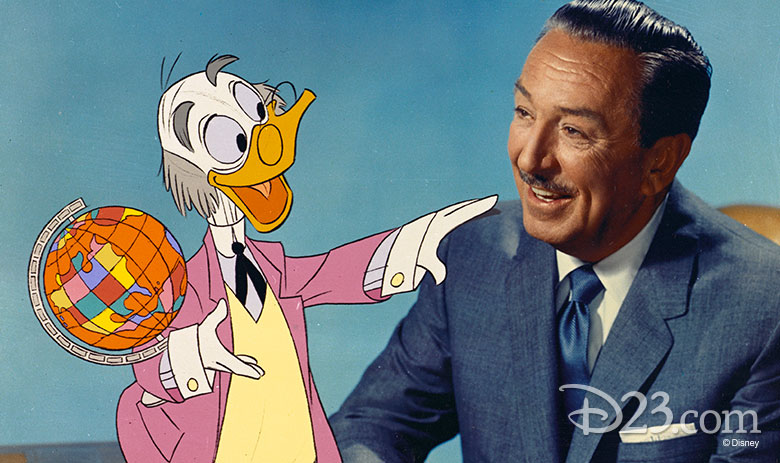
1. Professor Ludwig Von Drake made his debut on the very first episode, “Adventures in Color” (hint, hint, TV buyers). Voiced by Disney Legend Paul Frees (the Ghost Host in the Haunted Mansion), Ludwig brought a loose, improv-style comedy to Disney animation. So funny was the fowl that he recorded Disneyland Records’ first comedy album.

2. The Sherman Brothers also made their musical TV bow with the same episode, “Adventures in Color.” The talented twosome contributed several original songs for the show, which are included on the album along with additional Sherman songs.
3. History was made with the very next episode, The Horsemasters, starring Annette Funicello. It was the Shermans’ “Strummin’ Song” that prompted a meeting with Walt and led to full-time careers with the Studio—resulting in the songs for The Parent Trap, The Sword in the Stone, numerous TV and Disneyland songs, and a little thing called Mary Poppins.
4. The Horsemasters was among many movies created for the series that became theatrical features in Europe. Others included The Scarecrow of Romney Marsh (aka Dr. Syn) starring Patrick McGoohan (of TV’s The Prisoner), The Prince and the Pauper (with Zorro star Guy Williams), and The Waltz King with Kerwin Mathews (who starred in the Ray Harryhausen classics The Three Worlds of Gulliver and The 7th Voyage of Sinbad).
5. Songs heard in Walt’s theatrical films as well as from original TV episodes were released on a Wonderful World of Color record album. Other episodes spawned story albums, like Hector, the Stowaway Pup and Hans Brinker.
6. Unforgettable stories featuring animals were a staple of the series, including Sammy, the Way-Out Seal (starring Lost in Space’s Billy Mumy) and Little Dog Lost (awww!).
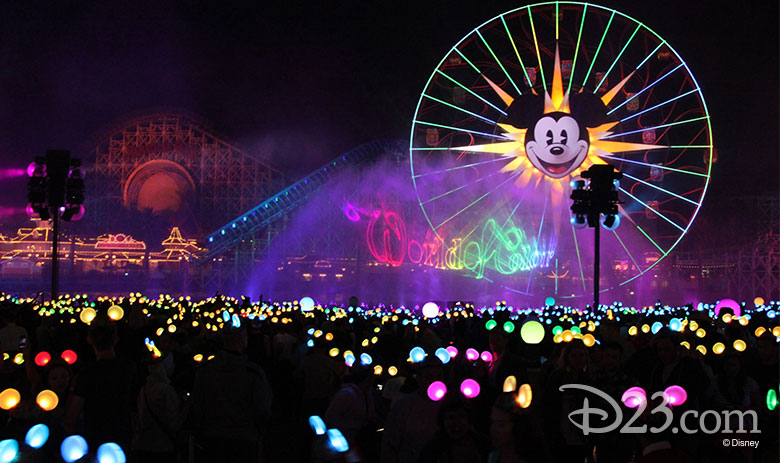
7. The title changed to The Wonderful World of Disney in 1968, but Walt Disney’s Wonderful World of Color continues to inspire new magic: the show title—and the famous Sherman Brothers theme song (“Color! Color!”)—are part of the Disney California Adventure nighttime water and light spectacular World of Color.



